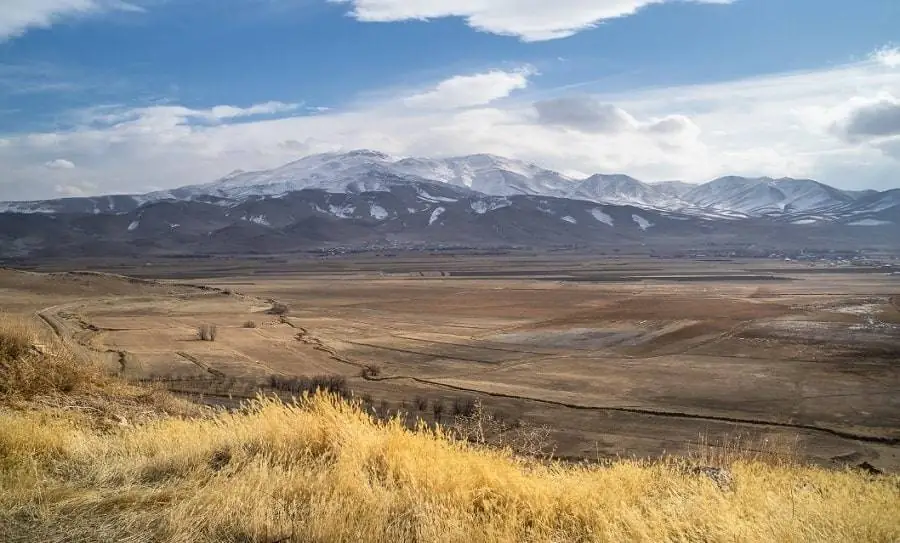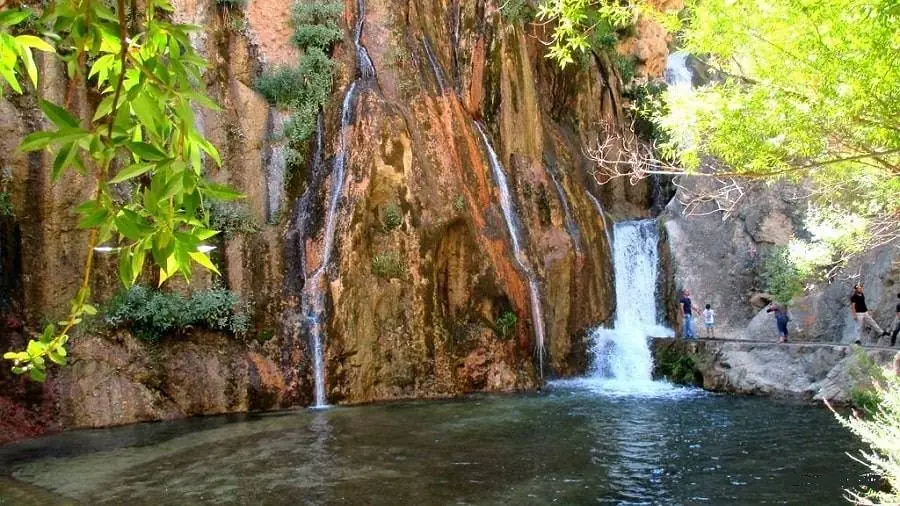Turkey’s 143. Günpnar Valley, which is situated inside the Natural Park region, has become a popular destination for those who enjoy the outdoors in the Darende district of Malatya. Hikers now focus their attention on the 2-kilometer-long Günpnar Valley that runs between Darende Günpnar Waterfall and the waterfall’s source.

Bekir Sözen, a local who guided tourists interested in nature around the aforementioned area, claimed that Günpnar Valley has drawn a lot of attention from hikers. Says Sözen
“As the local people say, the Upper Shuğul trekking is a medium difficulty trail for those who want to trekking. It attracts great attention every day. Turkey’s 143. It takes about 4 hours to pass the Günpınar Valley, the town of beauties within the Natural Park area. Sometimes the route through the water and sometimes from the edge of the water leaves beautiful memories in the minds.”
Sözen emphasises the necessity for attention on the field by claiming that it would be perilous to travel the trip without a local guide.
♦ 6 Days Turkey Tour – Best Turkey Tour Package
Günpınar Waterfall

The Günpnar Waterfall is a waterfall that can be found in the Darende region of the province of Malaty on the Uhul Stream, a tributary of the Tohma Stream. The waterfall was formerly referred to as Aşudu Waterfall, after the surrounding settlement. Gürpnar Waterfall changed its name to Günpnar Waterfall after the village’s name was changed to Gürpnar, and then it became Günpnar. Due to the waterfall fault line, it has manifested as slope rupture. The waterfall’s source is the uhul Stream, which rises from Hezanl Mountain. The stream is created 2 km west of the waterfall by karst springs.
A waterfall develops at the canyon’s mouth. The three-step waterfall cascades down from a 25 m height. The initial fall happens from a 13-meter height. The second drop is a 4 m plunge at a 70° angle to the south. A third drop happens at an angle of 90°, an altitude of 8 m, and a little turn to the south. With its three stairs, it is comparable to the Gürlevik Waterfall. It has a flow of 1 m3/s. The waterfall’s outlet created a massive cauldron that was 2.5 metres in diameter and 1.5 metres deep.

